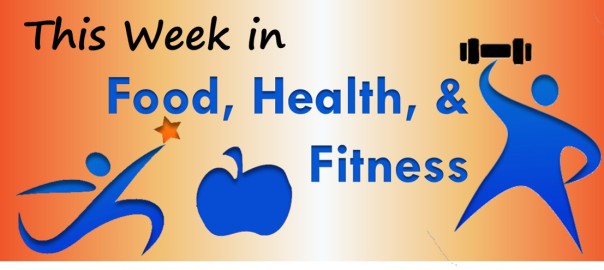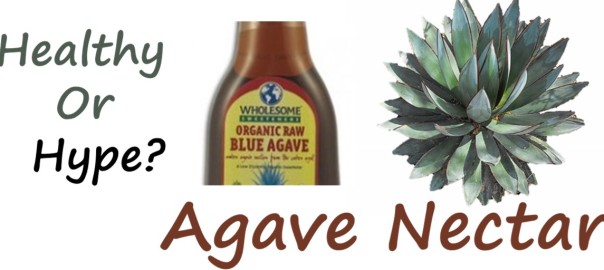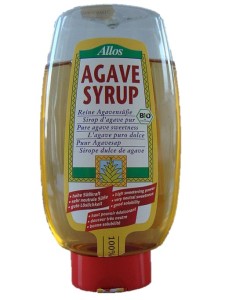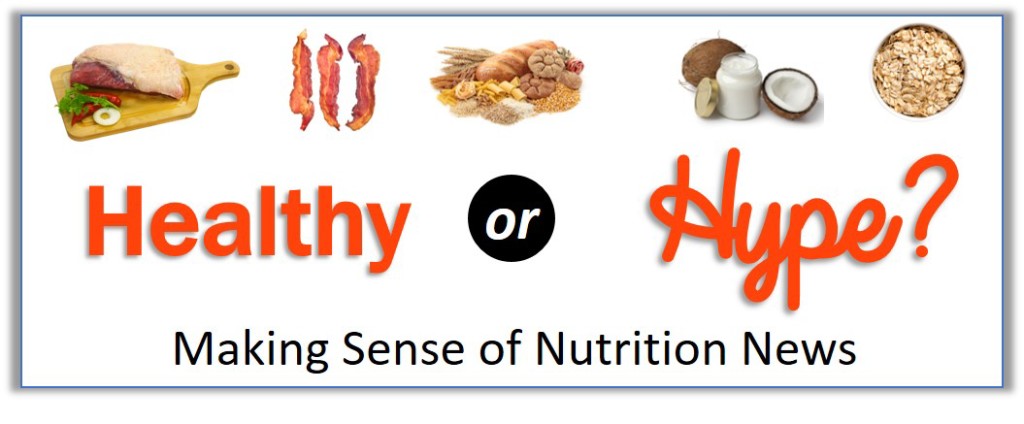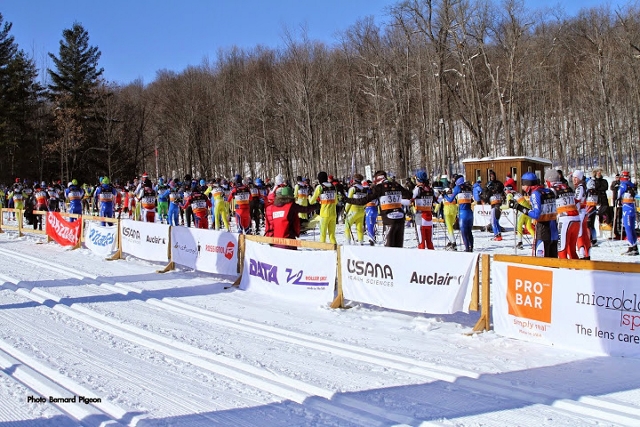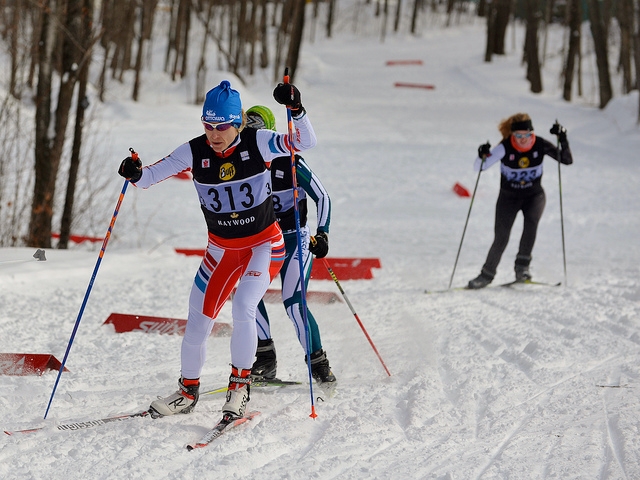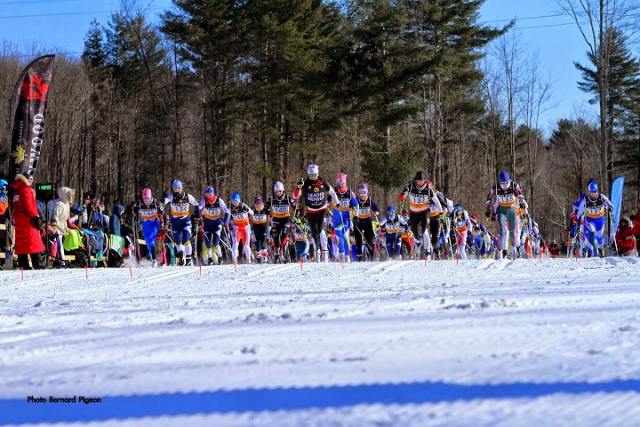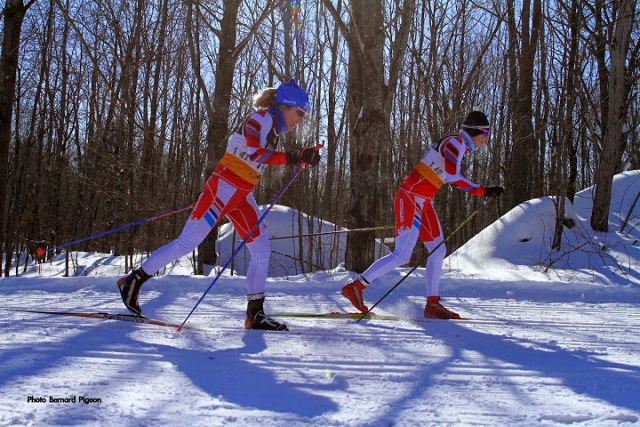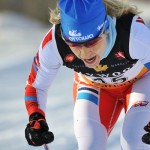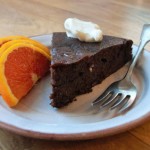This week, read about building muscle as you age, more reasons to avoid supplements, why more running won’t kill you, tips to limit sugars, sleep guidelines, measuring training zones with perceived exertion, healthy obesity, why homeopathy is bunkum, and more.
Building and Preserving Muscle
as You Age
It’s harder for older people to build muscle, or even keep the muscle that they have. Because muscle health has a great influence on overall health, it’s a critical area of research. Two new studies shed light on muscle health in older adults.
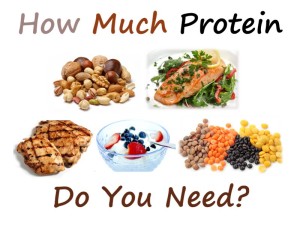 Researchers from the University of Arkansas studied how protein intake influences muscle building in adults aged 52-75 years. They found that those eating twice the RDA for protein (1.5 g protein/kg) had greater muscle protein synthesis than the group eating the RDA for protein (.8 g/kg). This confirms the results of earlier research showing that older adults need more protein to help build and preserve muscle. Although this study found that protein distribution didn’t matter, other research has shown that your body can only store and use about 20-30 g protein at a time, and that distributing protein intake throughout the day is optimal for muscle building and repair. (Medical News Today, reporting on
Researchers from the University of Arkansas studied how protein intake influences muscle building in adults aged 52-75 years. They found that those eating twice the RDA for protein (1.5 g protein/kg) had greater muscle protein synthesis than the group eating the RDA for protein (.8 g/kg). This confirms the results of earlier research showing that older adults need more protein to help build and preserve muscle. Although this study found that protein distribution didn’t matter, other research has shown that your body can only store and use about 20-30 g protein at a time, and that distributing protein intake throughout the day is optimal for muscle building and repair. (Medical News Today, reporting on
1.5 g protein/kg is also what experts recommend for elite athletes. To see what a day’s worth of protein (1.5 g/kg) look like, and the best way to distribute it, check out this article.
But it’s important to remember that the most potent stimulus for muscle health is some form of physical activity, and many experts consider strength training essential for health. In another study published this week, researchers from McMaster University set out to determine which exercise was best for muscle building in older men (aged 63 – 71 years). They compared (1) strength training, (2) interval training (10 x 1 min very high intensity), and (3) aerobic exercise (30 minutes, light-moderate intensity). The authors found that strength training spurred on muscle building processes that lasted up to 48 hours post exercise, and that interval training also influenced muscle protein synthesis (but not as much as strength training). (The Gerontologist, February 2015).
More Reasons to Avoid Supplements
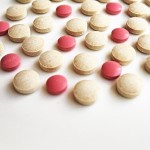 A report released this week based on DNA analyses showed that many herbal supplements contain “little more than powdered rice and house plants,” and that 4/5 didn’t contain ingredients listed on labels. Dietary supplements are not regulated or tested for safety or effectiveness, and are assumed to be safe until illnesses or injuries occur. (Anahad O’Connor, New York Times)
A report released this week based on DNA analyses showed that many herbal supplements contain “little more than powdered rice and house plants,” and that 4/5 didn’t contain ingredients listed on labels. Dietary supplements are not regulated or tested for safety or effectiveness, and are assumed to be safe until illnesses or injuries occur. (Anahad O’Connor, New York Times)
In another study published this week, researchers from the University of Glasgow examined the evidence for taking multivitamins and other supplements and concluded
“The evidence so far indicates that multivitamins supplements offer no health protection, increase all-cause mortality, and risk of cancers in some subgroups. A nutritionally balanced diet is a safer way to achieve sufficiency. “
Obesity expert Yoni Freedhoff does a nice job reviewing the study here, and recommends food, physical activity, happiness, and sleep over vitamins to improve health. (Medicine, Feb 2015; Weighty Matters).
Why vitamin drinks are a bad idea. Great article that outlines the multitude of reasons to avoid vitamin drinks, and how they could actually be harmful. Get your nutrients from food. (New York Times).
 Fast Running Probably Won’t Kill You
Fast Running Probably Won’t Kill You
A study published this week, presenting data from the Copenhagen City Heart Study prompted sensational headlines like “Fast running is as deadly as sitting on couch.” Medical journalist Larry Huston pointed out important weaknesses in the small observational study, which make the conclusions highly questionable, and criticized health journalists for their poor reporting.
Huston writes:
“Journalists and scientists have an obligation to fairly and accurately report the results of individual studies, and they have the further obligation to place those results in the context of what is already known in the field. By reporting the results of this one quite limited study with little or no critical perspective of its details or the larger context of the research, they have once again helped perpetuate the scientific illiteracy and innumeracy that is fast becoming one of the hallmarks of our time.”
(Journal of the American College of Cardiology, February, 2015; Larry Husten, Forbes)
Alex Hutchinson puts the research in perspective here, highlighting limitations with the data and problems with the study conclusions. Also of interest is his comprehensive post from last year about the Copenhagen City Heart Study data. Other criticisms of the study include the University of Michigan’s Justin Wolfers (New York Times), and here is exercise physiologist Micheal Joyner’s view on the “too much exercise” data.
Watch the Science Cop Take on Chris Christie’s Vaccine Talk
Unfortunately, the anti-vaccine sentiment prevails. Great video with , science editor of Time Magazine.
More Links of Interest This Week:
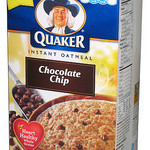
Some Sweet Articles! Two good posts this week provide excellent insight to reduce consumption of sugars. Check out this post by Kirstein Weins (No Baloney Blog), and this article by Leslie Beck’s (Globe and Mail column). Both single out some commonly consumed items that pack plenty of added sugars, including:
- dried cranberries (Ocean Spray = 29 g sugar in 1/4 cup)
- condiments (BBQ Sauce=10-12 g sugar in 2 tbsp.)
- flavoured yogurt (15 g sugar in 3/4 cup)
- instant oatmeal (12 g per packet)
I would add fruit juice (not in these articles because sugars are not “added”), but really, overall sugar intake is what is important for health (and your body doesn’t know what’s added or natural).
What’s So Great About Yogurt? Nice review of the potential health benefits of yogurt and ongoing research. (Tufts Now, Feb 5, 2015)
 Exactly How Much Sleep Is ‘Enough’? Skimping on sleep is linked to many health problems, including weight gain, depression, and cognitive deficits. The National Sleep has issued a new report with the following guidelines for sleep. (The Atlantic, reporting on Sleep Health, Jan 2015).
Exactly How Much Sleep Is ‘Enough’? Skimping on sleep is linked to many health problems, including weight gain, depression, and cognitive deficits. The National Sleep has issued a new report with the following guidelines for sleep. (The Atlantic, reporting on Sleep Health, Jan 2015).
- Newborns (0-3 months): 14-17 hours (previously 12-18)
- Infants (4-11 months): 12-15 hours (previously 14-15)
- Toddlers (1-2 years): 11-14 hours (previously 12-14)
- Preschoolers (3-5): 10-13 hours (previously 11-13)
- School-age children (6-13): 9-11 hours (previously 10-11)
- Teenagers (14-17): 8-10 hours (previously 8.5-9.5)
- Younger adults (18-25): 7-9 hours (new age category)
- Adults (26-64): 7-9 hours (previously the same)
- Older adults (65 and older): 7-8 hours (new age category)
Rate of Perceived Exertion (RPE) Predicts Blood Lactate in Runners. If you don’t have fancy equipment to figure out your training zones, using your perceived effort will predict them pretty well, according to this study in runners. Runners predicted their effort on the Borg CR-10 scale, and it correlated well with blood lactate. (Journal of Strength & Conditioning Research: Feb 2015.)
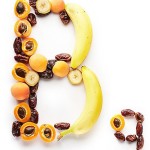 Vitamins & Minerals Illustrated. An incredible collection of beautiful photos that represent the chemical symbol or vitamin letter made up of the foods that are the highest sources. (Behance.net)
Vitamins & Minerals Illustrated. An incredible collection of beautiful photos that represent the chemical symbol or vitamin letter made up of the foods that are the highest sources. (Behance.net)
Is There Such a Thing as “Healthy Obesity”? Healthy obese adults are at greater risk for type 2 diabetes and cardiovascular disease than healthy normal-weight adults, although some research suggests there is a “metabolically healthy” obesity with lower risk. Research by scientist/obesity expert Joshua Bell of the University College London suggests that “healthy obesity” is just a phase, as longer-term follow-up shows increased risk in this group. (Laboratory Equipment, Feb 5, 2015).
How Uncertainty in Workouts Can Help Your Racing. Coach Steve Magness makes the case for mimicking the unpredictability of competitive situations during practices, citing research in endurance athletes showing that it’s during periods of uncertainty that we are most susceptible to giving in to pain and slowing down. (Runners World).
More Benefits to Eating Nuts. . . A Longer Life! A growing body of evidence suggests that nuts contribute to a healthful diet, with most benefits being better cardiovascular health. A new study confirms the cardiovascular benefits, and shows that nut eaters tend to live longer. (Am J Clin Nutr. 2015 Feb).
 Coffee intake linked with reduced risk of endometrial cancer. Researchers from the Imperial College London found that drinking 3 – 4 cups of coffee a day could reduce the risk of endometrial cancer by almost a fifth. (Medical News Today, reporting on Epimemiology, Biomarkers, & Cancer Prev, February 2015).
Coffee intake linked with reduced risk of endometrial cancer. Researchers from the Imperial College London found that drinking 3 – 4 cups of coffee a day could reduce the risk of endometrial cancer by almost a fifth. (Medical News Today, reporting on Epimemiology, Biomarkers, & Cancer Prev, February 2015).Other research has associated coffee drinking with health benefits, including lower risk of skin cancer, reduced risk of death from liver cirrhosis, lower risk of type 2 diabetes and a reduced risk of tinnitus.
Lifestyle Medicine. Watch Saturated Fats, Skip Glycemic Index. Good advice on how to interpret recent studies on saturated fats and glycemic index. (Karl Nadolsky & Spencer Nadolsky, Medpage Today).
Most cancers not just ‘bad luck.’ Good overview of the role of lifestyle & environment. (David Hunter, Harvard T.H. Chan School of Public Health).
Homeopathy is pure bunkum. 100’s of clinical trials show homeopathy doesn’t work, but prominent citizens endorse. (Simon Singh, Scroll.in)
How Can Winter Affect Your Health? Find out, and see what your Winter IQ is with this quiz. (UC Berkeley Wellness)
Healthy or Hype? Agave Nectar
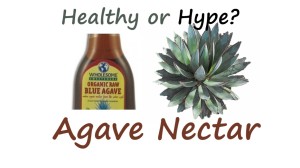 Food blogs offer plenty of inspiration for my Healthy of Hype series. This week, I look at a popular ingredient: agave nectar.
Food blogs offer plenty of inspiration for my Healthy of Hype series. This week, I look at a popular ingredient: agave nectar.
See More Issues of This Week in Food,
Health, and Fitness
Photo Credits: Instant Oatmeal Photo by theimpulsivebuy 
